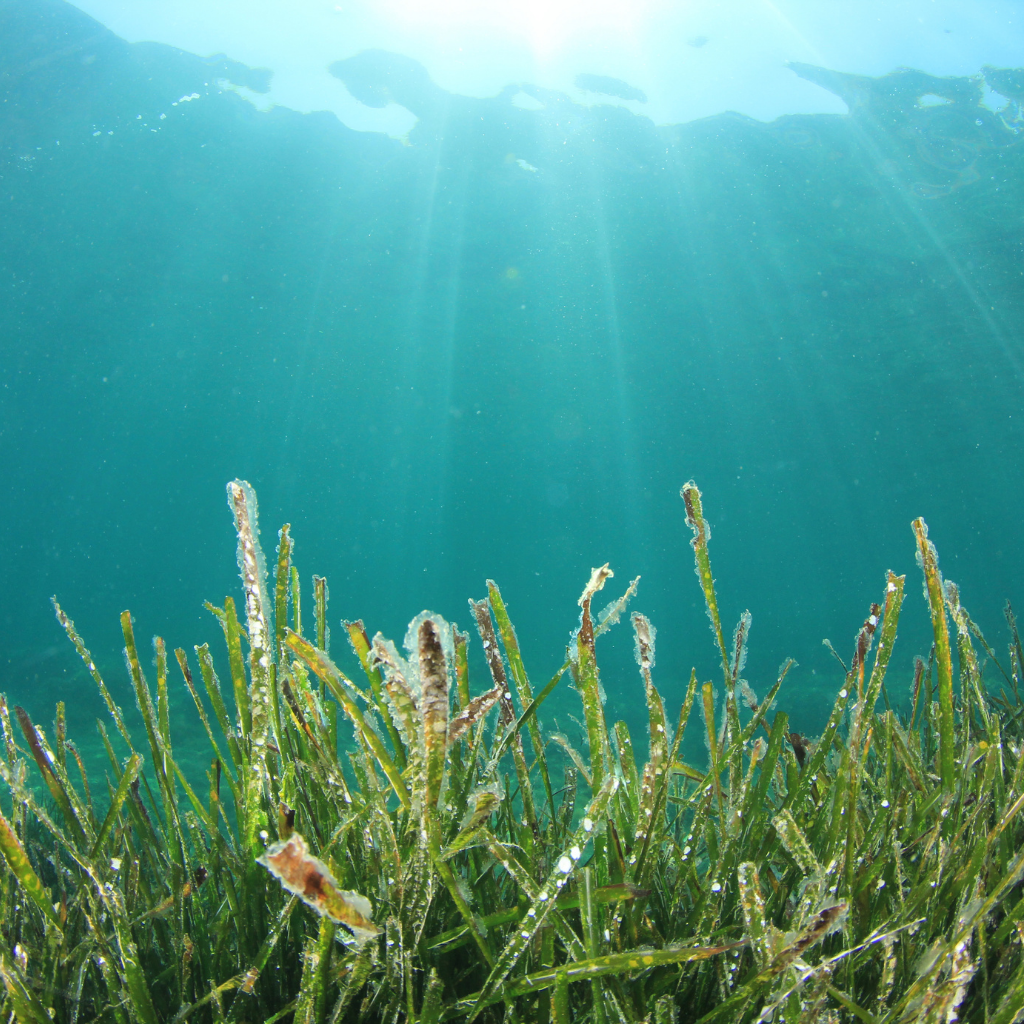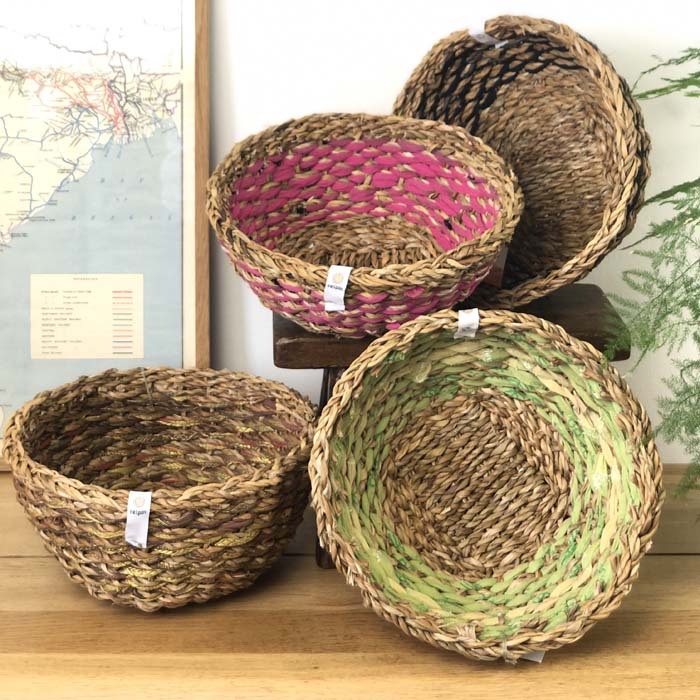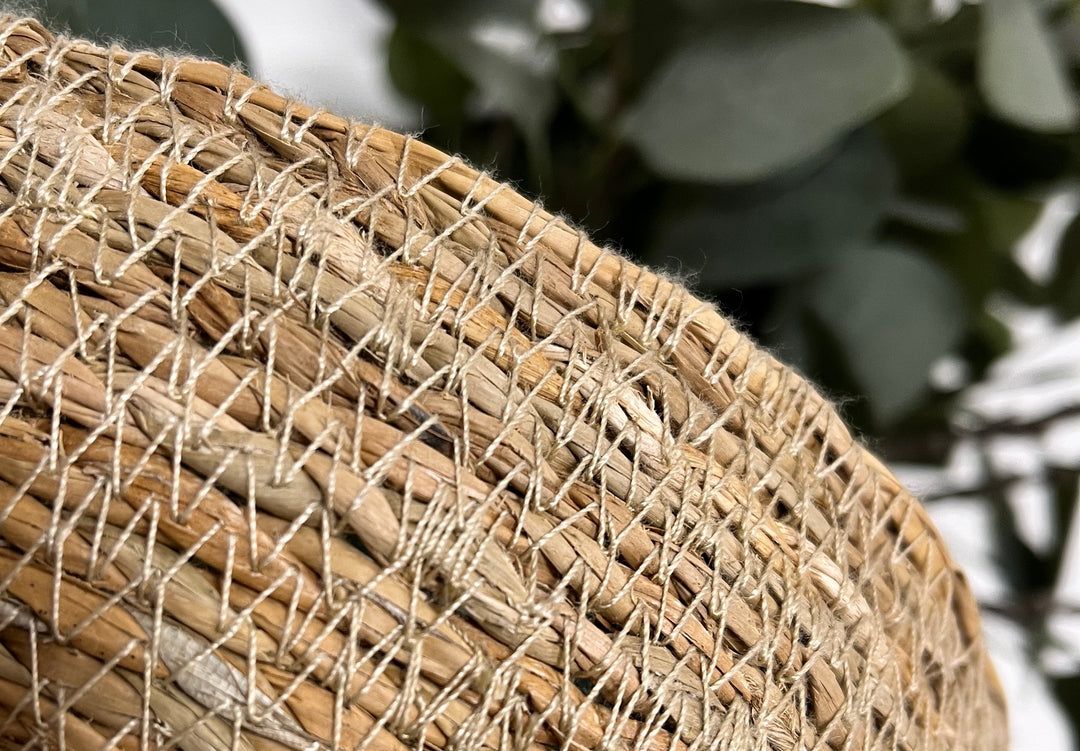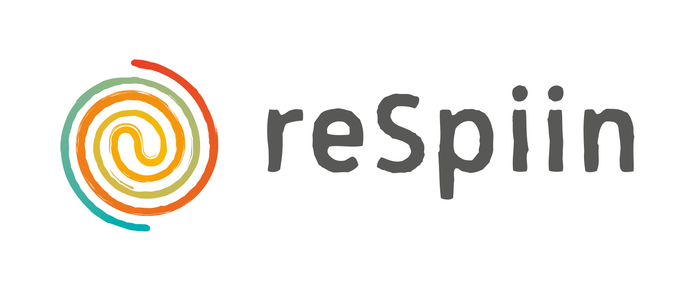
How is Seagrass Used?



Why is Seagrass a Sustainable Material?
Shop Seagrass Products at ReSpiin
Seagrasses grow very quickly in shallow saltwater along coastlines and rivers. Once mature the grasses are cut by hand and dried in the sun, then hand twisted and woven. The dried seagrass is durable and moisture-resistant - the perfect sustainable and renewable material for our beautiful seagrass products.




















